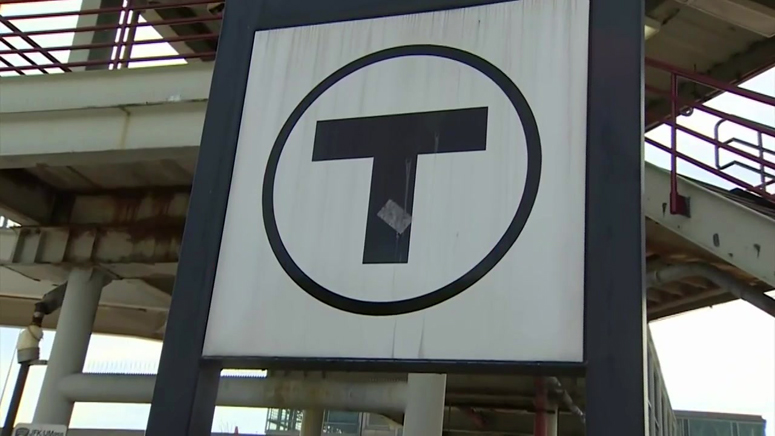You would spur it off "Brookline Village Jct." where Huntington tunnel portal meets the surface D at a bi-directional junction and backtrack on-street to South Huntington. If the E-to-D connector is initially laid on the surface then replaced years later by the full-blown subway, you just keep the surface tracks verbatim and recycle for Heath/Hyde Sq./Forest Hills. The subway will be such a stratospheric schedule improvement and chop-down of the surface running miles that the extra couple blocks of back-tracking won't matter. And you can now alt-route South Huntington from Kenmore.
Space is constrained enough around Riverway in a cut-and-cover Huntington tunnel that any attempt at an underground branch split is going to be a crappy at-grade job like Copley Jct. And of course portal placement is a major problem with S. Huntington's narrowness, requiring tunneling to Heath Loop at too much expense for too little overall branch traffic. Wretched use of steel-and-concrete resources, so take the free throws by surface-branching at BV.
The surface branching at BV can potentially be a big blessing for plotting out a route of the south-half Ring. We know the north half Logan-Lechmere-BU Bridge has dedicated ROW's available, and that a BU Bridge subway extension can complete the north-half circuit into Kenmore in lieu of that unbuildable cross-Brookline tunnel. But the whole of the south half has:
- ...no dedicated ROW's.
- ...many extremely narrow streets between Longwood and Ruggles that are abutted to the sidewalk by tall mission-critical hospital buildings, the Wentworth campus, and/or multi-story Mission Hill apartment blocks. Max-brutality tunneling.
- ...no generally agreed-upon routing in the studies other than "somehow it gets from BU Bridge to Longwood, Ruggles/Dudley, and BMC and somehow it flings off the Melnea Cass/Mass Ave. intersection to hit a Red Line station." Both Phase II/surface and Phase III/tunnel concepts are real fuzzy from that frustrating street grid.
It's not clear a tunnel will ever be physically buildable to the south. Or if it is, it's a multi-decade incremental slog of torture requiring some sort of on-street 'bridge era'. So either way you will be dealing with a quarter-century or more where you have to use BRT or streetcars to fashion a south Ring that joins by north Ring on a transfer. In which case, that Kenmore superstation cross-platform transfer is where it all has to tie together. You either:
- Get off the Ring train on the B platform and go upstairs to the busway where a Silver-colored bus behind fare control makes the trip up Brookline Ave. to Longwood-Dudley.
- Work the B-to-D cross-platform trolley transfer (same way as described in the post you quoted), hit Longwood off the existing D stop, and spur somewhere out there for the streetcar trip to Ruggles/Dudley.
Total blank canvas for how you think #2 would work. There's no obvious solution because that narrow E-W street grid is such a bitch and using the parkways would take you ridiculously out of the way for including both Longwood and Ruggles.
Only idea I've got for a functional streetcar routing that wouldn't be a half-assed scheduling kludge is:
- ...D from Kenmore transfer to BV Jct.
- ...grab the existing South Huntington streetcar out of BV Jct. as far as Heath.
- ...turn down Heath St.-proper to SW Corridor/Columbus.
- ...turn off New Heath St. onto the SW Corridor with a grade-separated reservation along the linear park. Slap more air rights decking atop the NEC from New Heath to Roxbury Xing to accommodate park + trolleys, consider closing Cedar St. overpass for total separation to RX.
- ...either:
- Orange transfer at Roxbury Xing and plunk a reservation on wide Malcolm X Blvd. for hitting Dudley direct (omits Ruggles for the shorter schedule). Total distance from Brookline Vill: 2 miles (+1.5 miles on D from Kenmore).
- Orange transfers at RX and Ruggles, streetcar down Melnea Cass and Washington for reaching Dudley around the block (hits Ruggles, but more traffic). Possibly reconfig Melnea Cass and its linear park for a trolley reservation (controversial) to limit street-running to just BV-Heath and Washington. Total distance from Brookline Vill: 2-3/4 miles (+1-1/2 on D).
I'm not even going to pretend that's the most logical surface routing or that there aren't 5 others in the same ballpark you could throw at a dartboard. Every LRT or BRT surface route is some sort of ugly hack on that Longwood-Dudley street grid. I just tried to grab as much pre-existing LRT infrastructure as possible with D+E and tried to balance out street-running vs. grade-separation on the schedule by leveraging SW Corridor Park. We can make a whole Crazy South Ring Pitches thread out of this routing challenge.



